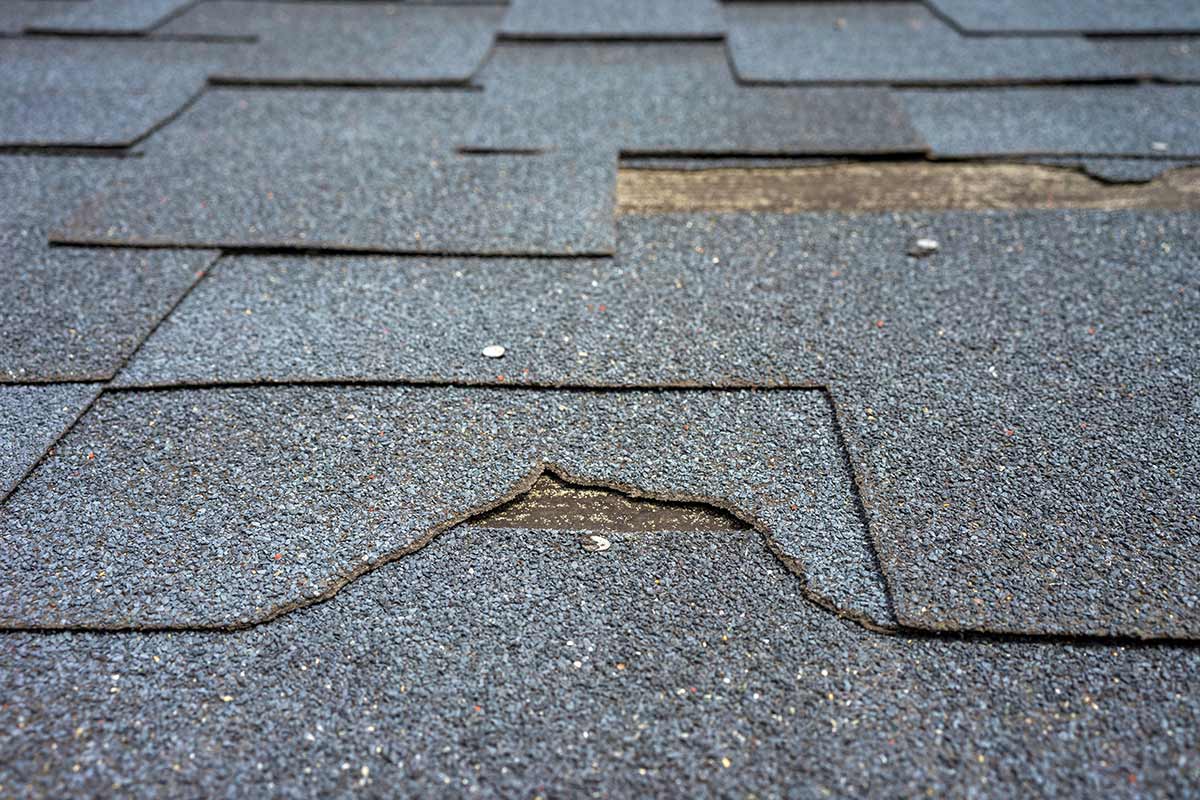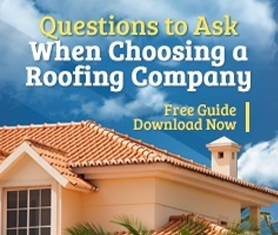Buying a home is a huge investment. As such, you need to ensure that you are getting value for your money, and not endangering the lives of your loved ones by buying a home with questionable integrity. Older homes are more likely to have incurred damage from years of exposure to the elements and you need to be extra careful when buying one. Since the roof is one of the most important parts of a home and also the most expensive to fix in case of damage, you should pay particular attention to it when buying an older home.
Issues You Should Look out for in a Roof when Buying an Older Home
1. Attic Insulation
 In older homes, attic insulation may be inadequate or even harmful. Before you buy a home, be sure to have the attic inspected to ensure that insulation is up to standard. If the attic has inadequate insulation, you may have to reinsulate it once you make the purchase. By checking attic insulation, you get to establish whether the home is compliant with the existing building regulations. What’s more, adequate insulation means lower utility bills and more comfort during extreme seasons.
In older homes, attic insulation may be inadequate or even harmful. Before you buy a home, be sure to have the attic inspected to ensure that insulation is up to standard. If the attic has inadequate insulation, you may have to reinsulate it once you make the purchase. By checking attic insulation, you get to establish whether the home is compliant with the existing building regulations. What’s more, adequate insulation means lower utility bills and more comfort during extreme seasons.
2. Roof Age
The age of the roof will tell you a lot about its integrity. Normally, a roof has a lifespan of 25 years after which its efficiency will start to wane. Also, knowing how old the roof is will help you establish whether or not it has an active warranty that you can take advantage of. Note that the older the roof, the higher the chances of roof damage.
For homes built between 1900 and the 1940s, you can expect inadequate insulation as well as poor gutters and chimneys. 1960 to 1980 homes are more likely to have ventilation problems and you may have to install vents and soffits. While homes built from 1980 to the present may be more efficient, they are not immune to wear and tear and may need a replacement if they are older than 15 years.
3. Missing or Curled Shingles
Missing or curled shingles are enough evidence that the roof is in bad shape. While missing shingles occur due to harsh weather conditions like strong wind and rain, they may also be proof of poor roof installation. Curled shingles, on the other hand, could be a result of poor ventilation in the attic, aging, poor installation, and roof layering.
Before buying an older home, check whether there are missing or curled shingles. It will let you know the roof’s condition and the urgency to which you should attend to it. Missing shingles may lead to other problems like leakages. If you love the house, you should consider having it repaired as soon as possible before extreme weather sets in and blows your roof away.
4. Presence of Moss
Other than being aesthetically unappealing, the presence of moss on the roof is a sign of moisture damage and other serious problems. Before buying an old home, look for any presence of moss on the roof as it may signal that the roof is rotting underneath. Moss can not only promote moisture buildup on your roof and accelerate rotting, but also push apart tiles creating spaces for water to get into the house.
The resulting moisture problems may also promote the development of mold in the home which poses a danger to respiratory health. If the roof has a severe moss problem, it may require a roof replacement. However, a mild moss problem can easily be remedied by a roofing professional.
5. Seepage System
The seepage system refers to the gutters, downspouts and drainage pipes running through the home's roof. Before you buy an old home, you need to ensure that the seepage system is in top shape as it plays a significant role in the health of the roof.
When checking the gutters, pay attention to the presence of a large number of granules from the roof's shingles. Although a small number of granules is no cause for alarm, a lot of it signifies that the roof is in bad shape. It also points to the roof’s failing efficiency as the granules help protect the roof from harmful sunbeams.
6. Sagging of the Roof
A healthy roof should have a ridge that follows a straight line. If the home you want to buy has a roof that sags in the middle, there are high chances that the roof has structural damage. Other reasons that may cause a sagging roof include improper roof installation, poor quality roofing materials, too much water on the roof as well as frequent moisture on the roof.
If no action is taken once a roof starts sagging, it could collapse any minute which will not only cost you a lot of money but may also lead to injuries. A sagging roof will require the replacement of roofing materials to restore the integrity of the roof.
7. Roofing Materials
Older homes especially those built before the 1980s could have asbestos in their roofing materials. This is because asbestos was considered both cheap and durable, making it an essential part of construction materials. While asbestos may not be dangerous when left undisturbed, older homes with weathered roofing pose the risk of exposure from layers of roofing materials containing asbestos. When inhaled, asbestos leads to a myriad of respiratory problems including cancer.
The best way to find out whether the roof may contain asbestos is by establishing the age of the roof. Corrugated roofing sheets also pose the risk of asbestos exposure as manufacturers always add asbestos to the roofing sheets to make them weatherproof, heat-resistant and increase their durability. If you suspect that the home you are about to buy may contain asbestos and you need to get rid of the roofing, you should always seek professional help to avoid putting your health and those of your loved ones at risk.
8. Signs of Roof Leaks
It’s not uncommon to find old homes with leaking roofs. Before buying a home, ensure you check for any signs of roof leaks by looking for signs of water damage on the walls, ceiling and attic. Be wary of any dark or brown spots on the ceiling, peeling paint below roof overhangs as well as blistering or bubbling on flat surfaces such as walls. If you find that sun rays can get into the house through the roof, it also means that water can leak through.
A leaking roof may be a result of numerous factors including an aging roof, missing shingles, damaged flashing, blocked gutters, as well as holes in the roof from poor maintenance. Roof leaks can not only lead to moisture damage but also promote the growth of mold.
Keep in mind that you should never conduct a roof inspection on your own as it is not only dangerous but could lead to overlooking existing problems due to lack of knowledge. Instead, hire the services of professional roofers to help you inspect the roof and assess its condition before you make a purchase. For professional roofing inspection, repairs and replacement, contact us today!
















